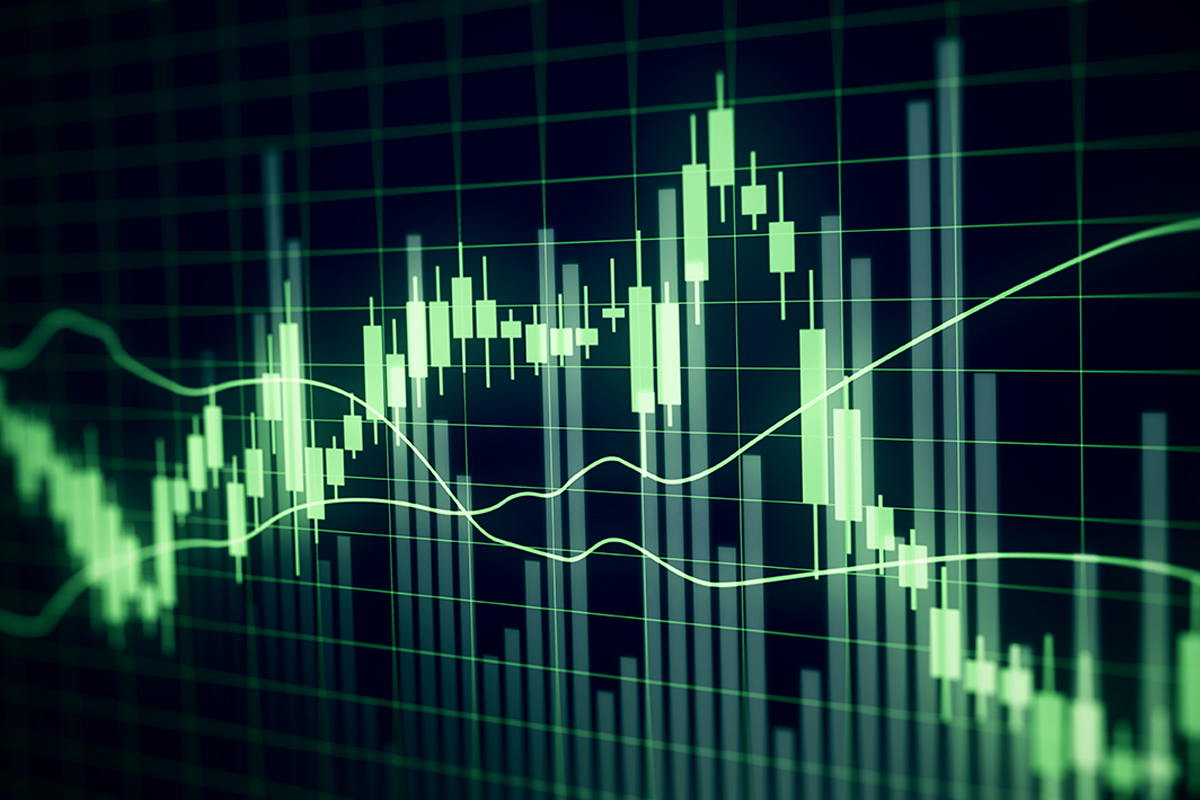This week witnessed a dramatic upheaval in financial markets, ending a prolonged period of relative calm. The turbulence began on Monday with a sharp downturn across major indices, fueled by a series of interconnected events that left investors reeling and the global economy on edge.
Japanese Market Plunge
The Japanese Nikkei 225 index plummeted over 12%, marking its worst performance since the crash of 1987. This significant drop sent ripples through global markets, triggering widespread sell-offs and escalating investor anxiety. The magnitude of the decline was unexpected, given the relative stability observed in recent months.
In the wake of the Nikkei’s fall, other markets reacted swiftly. The U.S. S&P 500 sank more than 3%, erasing $1.3 trillion in value and marking its worst day since the 2022 bear market. This drastic drop highlighted the interconnected nature of global financial markets and the speed at which a shock in one region can affect others.
The Yen Carry Trade Unravels
A critical catalyst for the selloff was the unwinding of the Japanese yen carry trade. This strategy involves borrowing yen to invest in higher-yielding assets such as stocks and bonds. For years, Japan’s low interest rates made the yen cheap against the U.S. dollar, encouraging investors to engage in this trade. However, this dynamic shifted when the Bank of Japan raised interest rates for the second time this year, strengthening the yen.
The stronger yen prompted investors to unwind their carry trades, leading to a sharp selloff in global markets. Compounding the issue was a dismal labor report from the U.S., where companies added just 114,000 jobs in July, far below economists’ expectations. The unemployment rate edged higher to 4.3%, its highest level since October 2021, sparking concerns about the health of the American economy and pushing the dollar lower.
Investor Reaction and Market Volatility
As investors began unwinding their carry trades, the volatility in the markets intensified. The VIX, known as Wall Street’s fear gauge, shot up to a four-year high, reflecting heightened market anxiety. U.S. stocks and bond yields plummeted as fears of a potential recession grew, leading to calls from prominent economists for the Federal Reserve to cut interest rates, which are currently at a 23-year high.
Despite the initial panic, investors attempted to recover from Monday’s bruising losses. The trading sessions on Tuesday and Wednesday started with powerful rallies that ultimately fizzled out by the close, indicating persistent uncertainty. However, by Thursday, the S&P 500 managed to jump 2.3%, marking its best day since late 2022. This modest recovery was seen more as traders’ fear of missing out on future gains than a signal of market stabilization.
Broader Economic Concerns
The timing of the market turmoil could not have been more precarious, coming at a time rife with uncertainty for Wall Street. Markets are typically more vulnerable to swings in August due to lower trading volumes as investors take vacations. Additionally, the looming U.S. presidential election, with recent dramatic developments including President Joe Biden withdrawing from the race and an assassination attempt on Republican nominee Donald Trump, has added to the instability. International tensions, such as the Israel-Hamas conflict and Ukraine’s invasion of Russia, have further contributed to global market anxiety.
Next week, investors will closely monitor retail sales data and earnings reports from major companies like Home Depot and Walmart for insights into the state of the American consumer. Given that consumer spending makes up two-thirds of the U.S. economy and is sensitive to the jobs market, these reports will be crucial in assessing economic health and future market direction.
Year-to-Date Performance and Investment Strategy
Despite the brutal week, the overall year-to-date performance of major indices remains strong. The S&P 500 is up 11.5% for 2024, the Dow has climbed 4.7%, and the Nasdaq has gained 11%. These gains highlight the resilience of the markets despite recent volatility and underline the importance of a diversified investment strategy.
The events of this week serve as a stark reminder of the need for diversified portfolios. Even during periods of concentrated rallies, unexpected shocks can lead to significant market swings. As markets continue to navigate through uncertain times, maintaining a balanced and diversified approach can help mitigate risks and capitalize on potential opportunities.







